The Secrets of English Country Garden Design
Have you ever meandered along a garden path and felt each bloom, hedge, and curve hint at a rich history, each element seeming to whisper secrets of centuries past and dreamt of recreating the same emotion in your own backyard?
It is true, creating that same magic in your own garden, on the surface, might appear challenging—perhaps overly complex, costly, or simply unattainable.
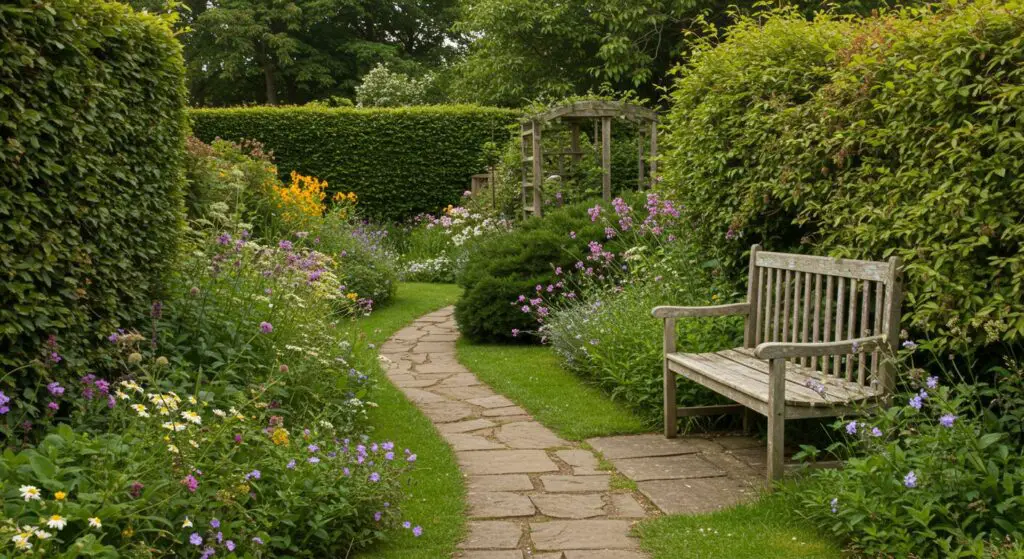
However, in truth, designing an English country garden in your outdoor space is easier than you imagine as the very nature of its design focuses on accepting imperfection with intention. Below we will look at how you can easily an inexpensively craft your own that blends tradition, whimsy, and practicality into your personal outdoor retreat.
The Allure of English Country Gardens
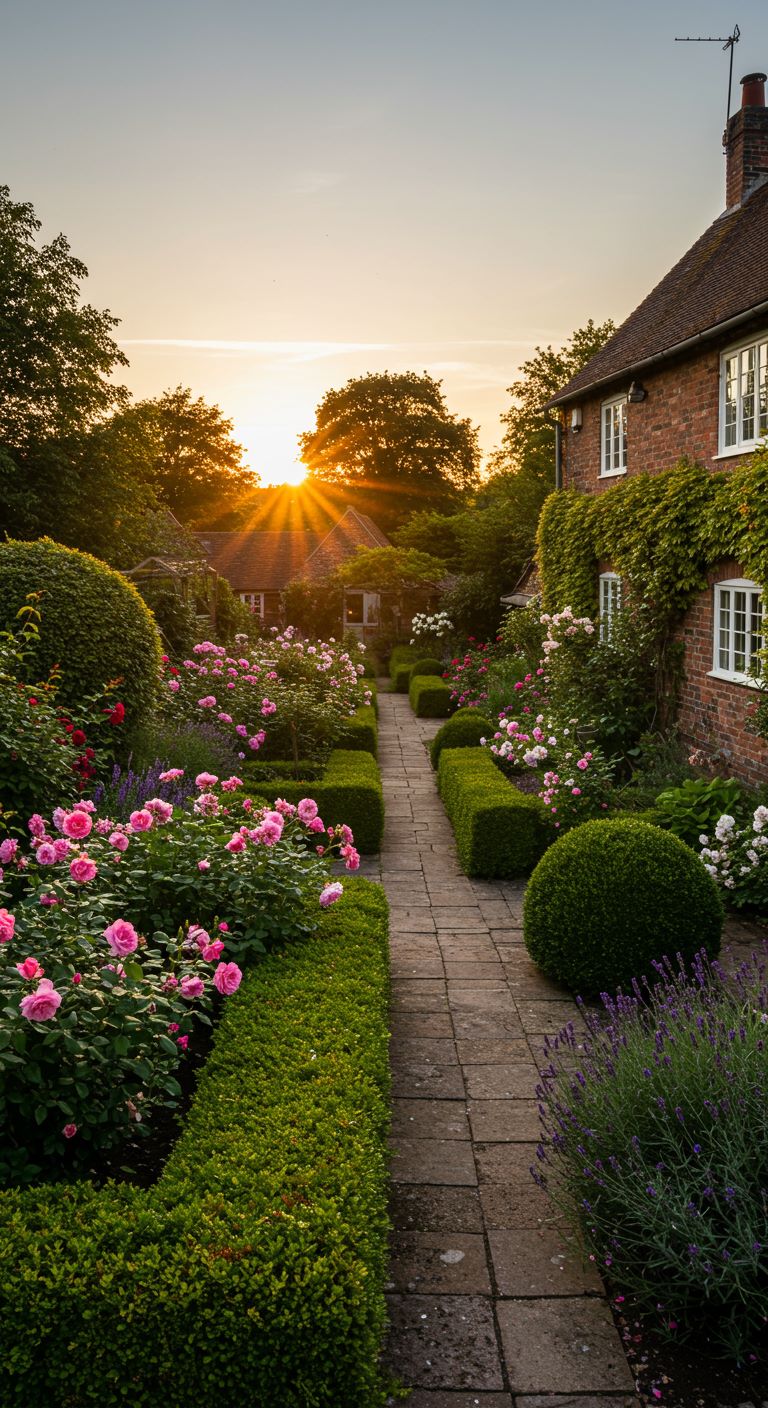
English country gardens offer a unique blend of romantic charm, historical legacy, and a close connection to nature. Every detail—from neatly trimmed hedges to unexpected bursts of color—creates an inviting space that feels both familiar and magical. Gardeners around the world draw inspiration from this style because it harmonizes structured elements with natural spontaneity. As seasons change, these gardens evolve into living works of art, each corner holding a story waiting to be told.
Core Elements of Traditional English Country Garden Design
Structure Meets Serendipity
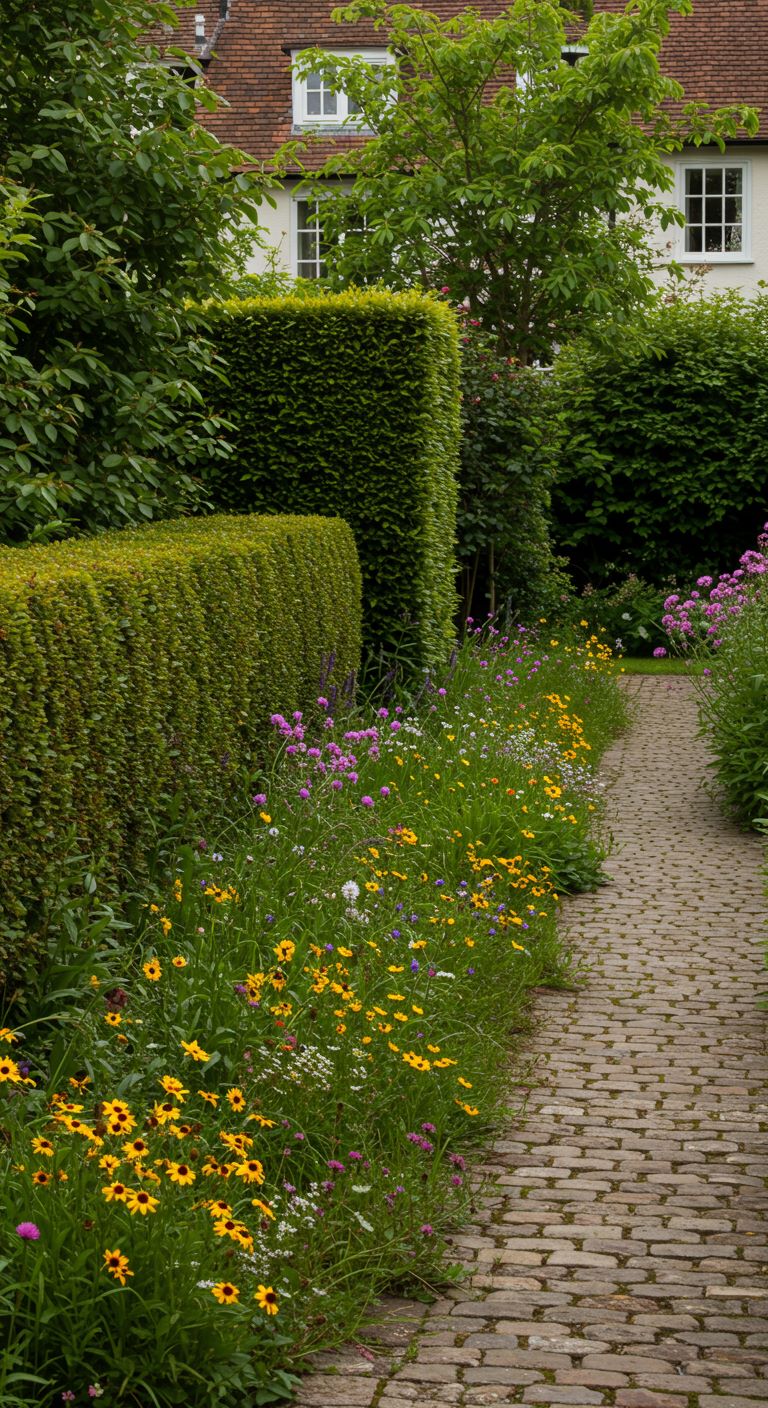
English country gardens balance planned elements with natural spontaneity. Formal hedges and winding pathways serve as a framework, while unplanned clusters of blooms add a touch of wild charm. Garden paths curve gracefully, and hedges maintain a soft, inviting form. The blend of symmetry with moments of carefree discovery creates a landscape that feels both structured and free.
Layered Planting for Year-Round Interest
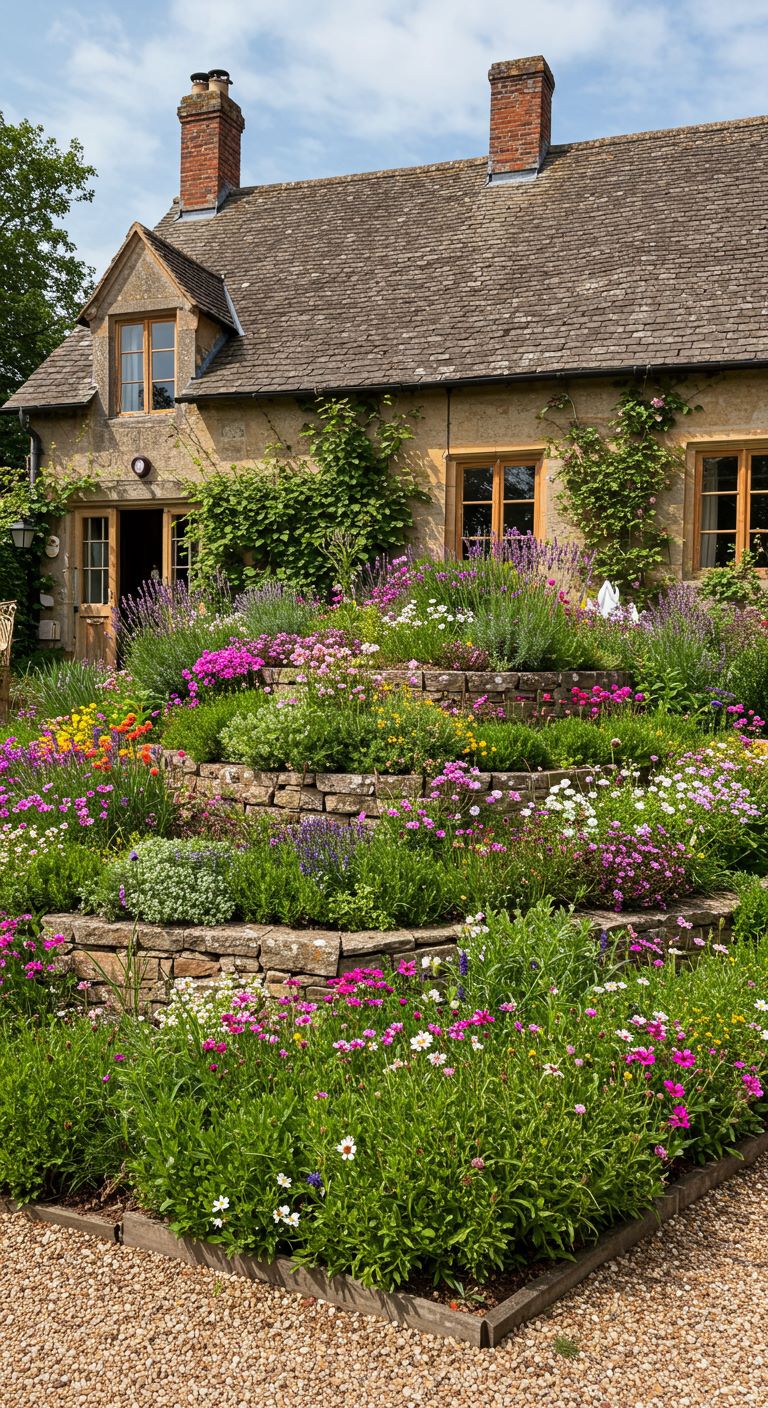
Layering plants creates depth and texture that shifts with the seasons. Tall perennials form a backdrop for shorter shrubs and delicate groundcovers. Combinations such as roses with lavender or foxgloves with daisies add color and charm. Each tier supports the next, ensuring a lively display even when some blooms fade.
Hedges and Enclosures
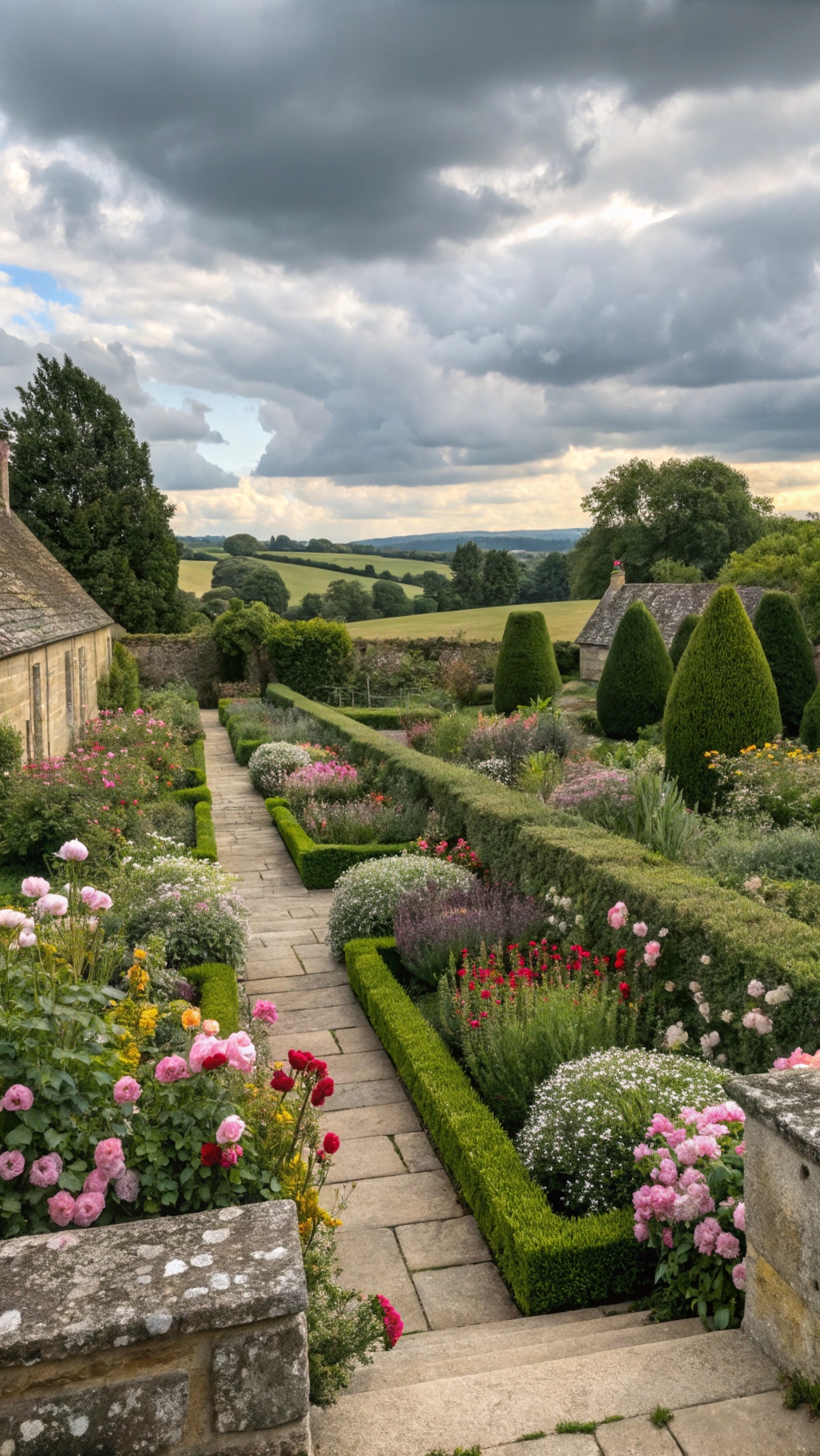
Hedges, walls, and fences define distinct spaces within the garden. Traditional materials like yew, boxwood, or stone create natural boundaries that offer privacy and intimacy. Their well-maintained forms provide a striking contrast to the soft wildness of flower beds, shaping an inviting retreat that echoes a storied past.
Water Features as Focal Points
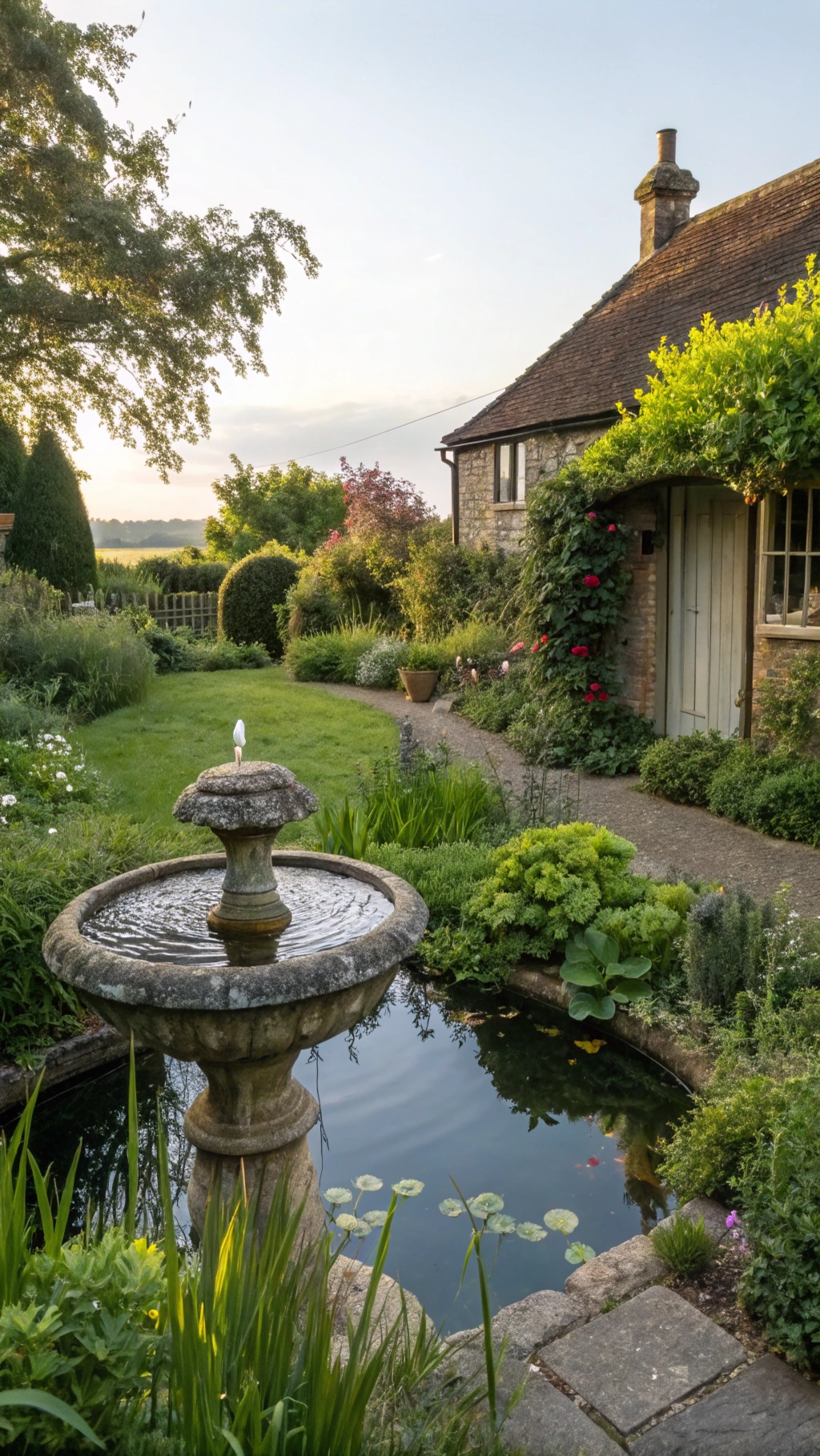
Water features introduce movement and calm to the garden. Small ponds, charming fountains, or gentle streams create a soothing ambiance. The sound of flowing water adds a layer of tranquility without overwhelming the other elements. Such features invite quiet reflection and strengthen the connection with nature.
Decorative Touches That Define English Country Style
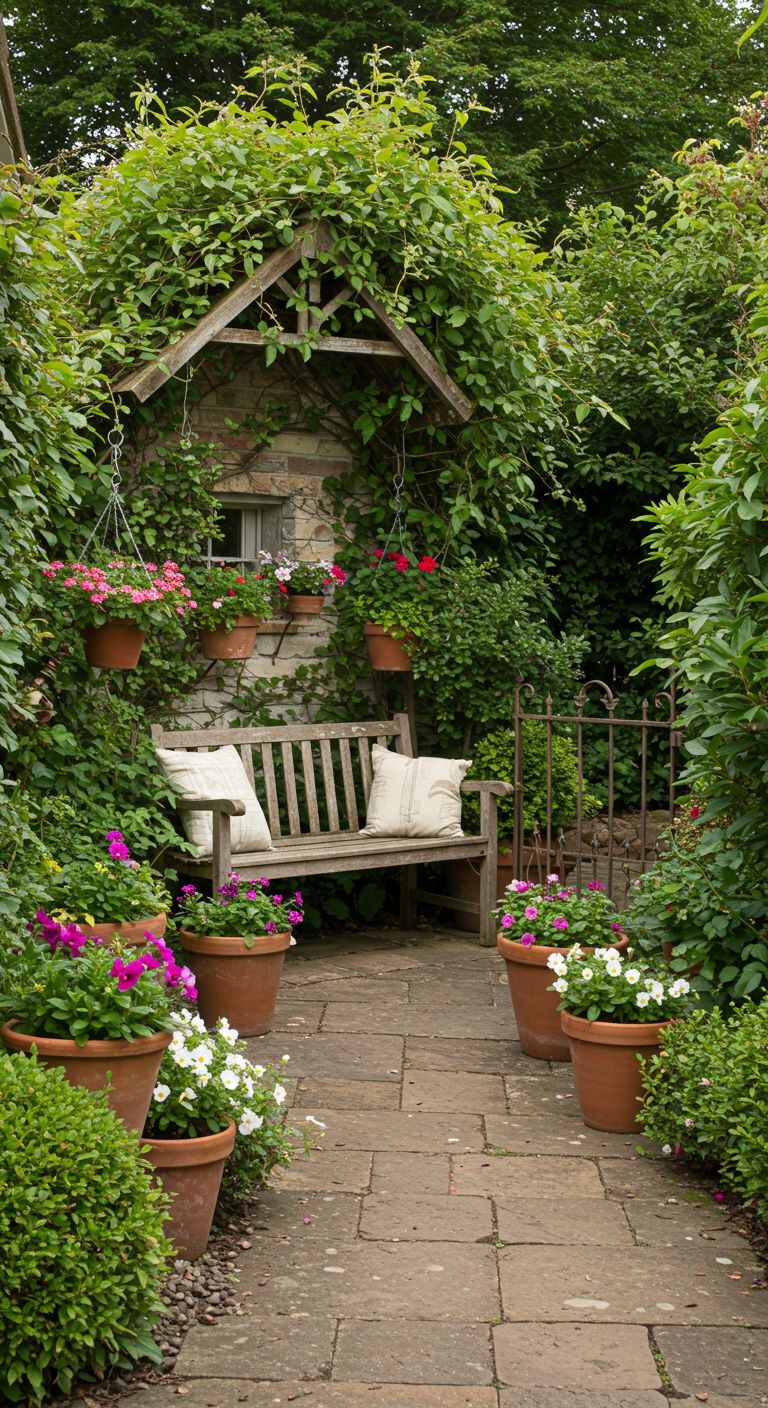
Rustic Accents
Rustic accents infuse the garden with a sense of history and authenticity. Weathered wood benches, wrought iron gates, and terracotta pots add texture and character. Vintage or reclaimed pieces integrate smoothly into the design, offering glimpses of the past. These touches create a relaxed and inviting atmosphere that feels both timeless and welcoming.
Climbing Plants and Trellises
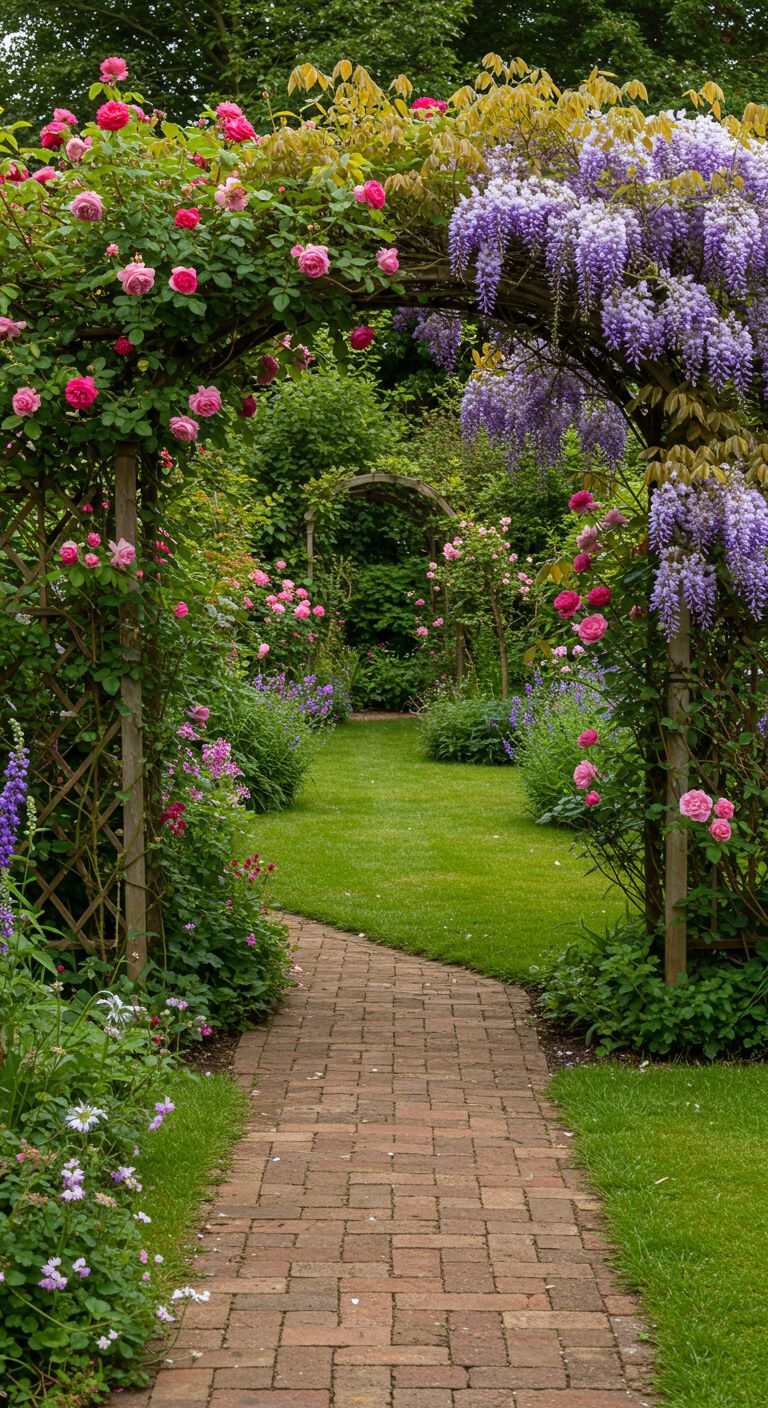
Climbing plants provide vertical interest and soften garden spaces. Varieties such as clematis, wisteria, and climbing roses twine around trellises and archways. These structures support the vines while enhancing depth and movement. The combination creates an enchanting interplay of architecture and nature, drawing the eye upward and forming intimate corners.
Statuary and Ornaments
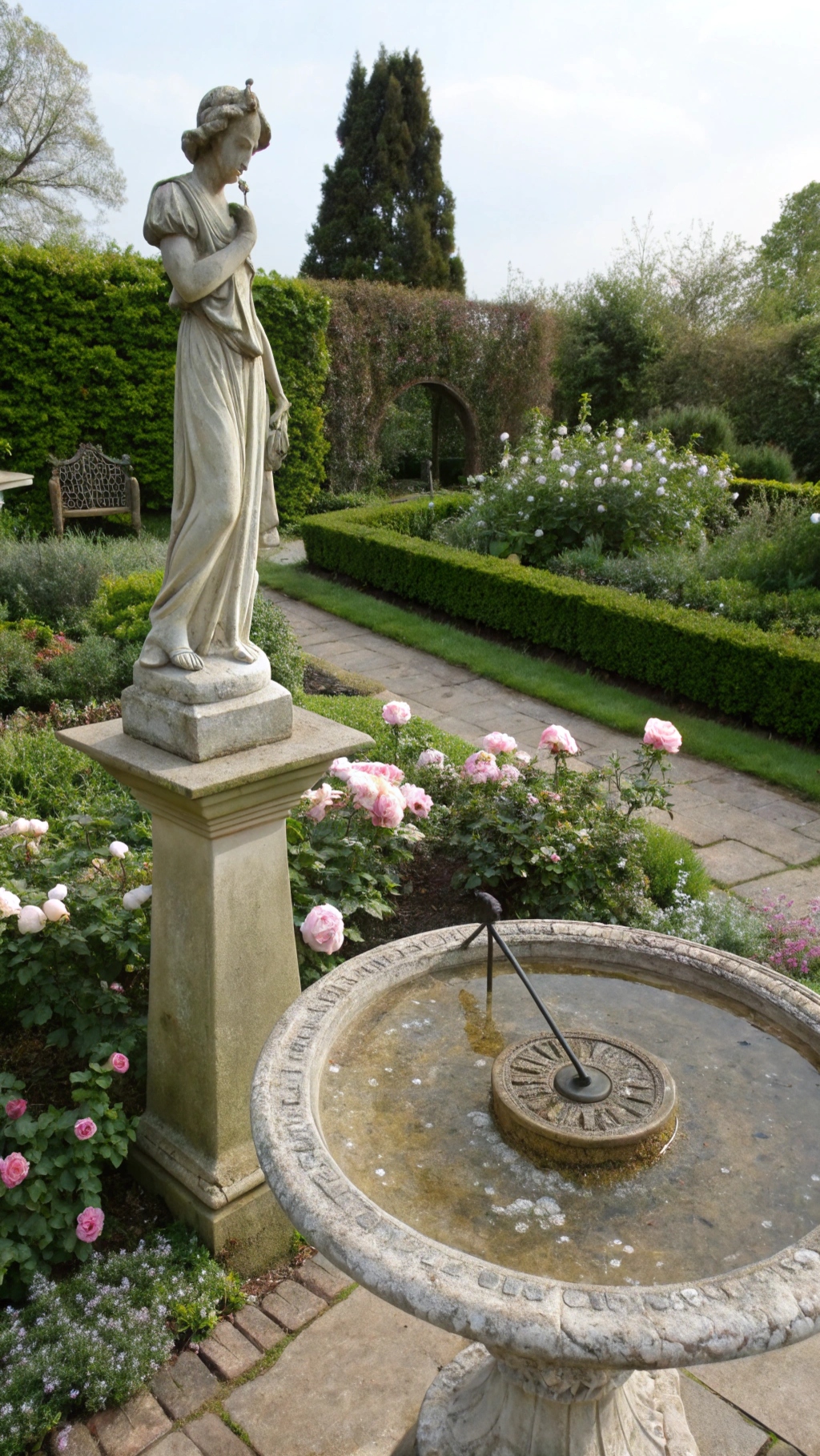
Subtle ornaments enhance the garden’s character with quiet elegance. Birdbaths, sundials, and stone statues contribute hints of history and artistry without overpowering the natural beauty. Each decorative piece adds to the layered narrative of the space, inviting visitors to pause and appreciate its timeless charm.
Landscaping Techniques for English Country Gardens
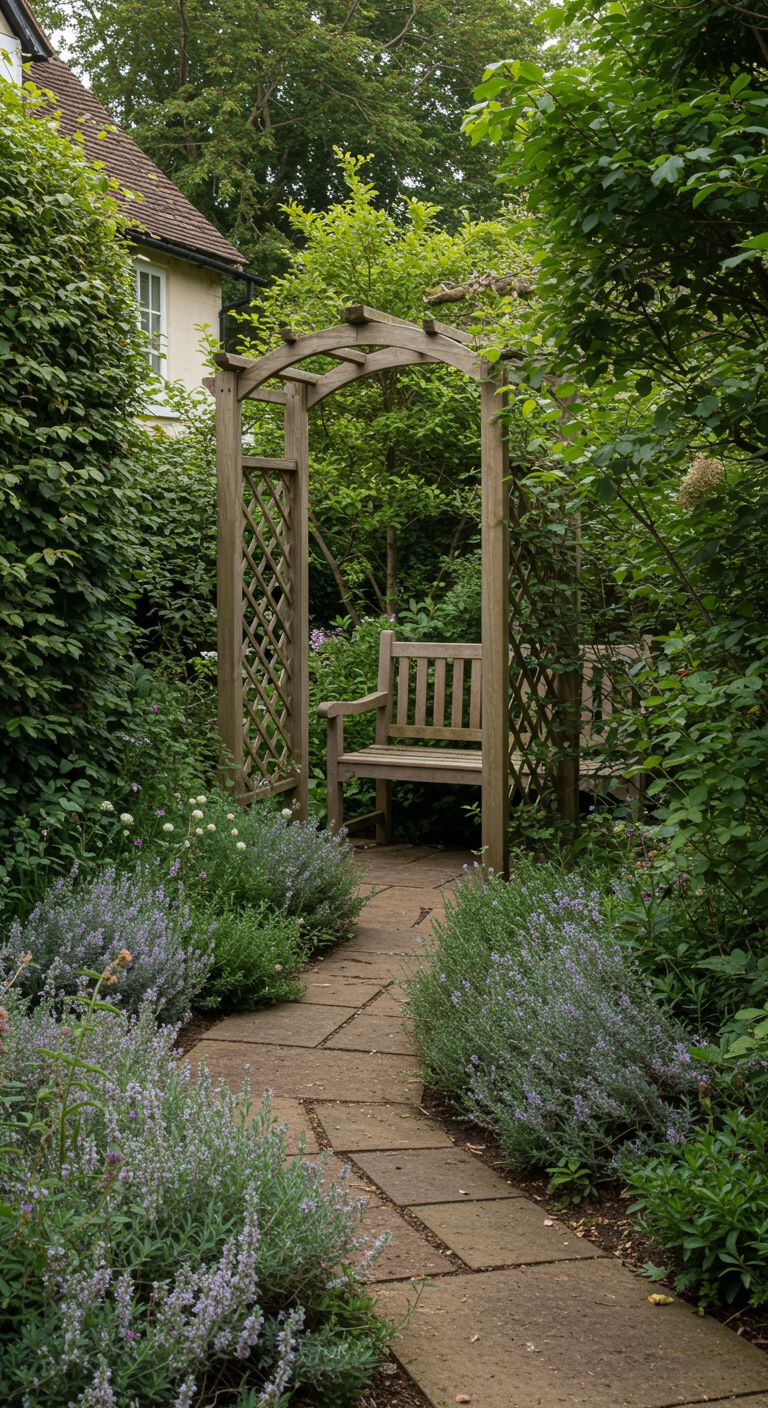
Creating Secret Spaces
Carve out intimate nooks using arbors, pergolas, or tall shrubs. Arrange seating or vintage garden ornaments to form hidden retreats that invite quiet moments. Position these secluded spots away from busy areas for a true sense of privacy. Gentle curves and soft plantings enhance the discovery of these secret corners. Learn more about creating private garden spaces here.
Pathways and Walkways
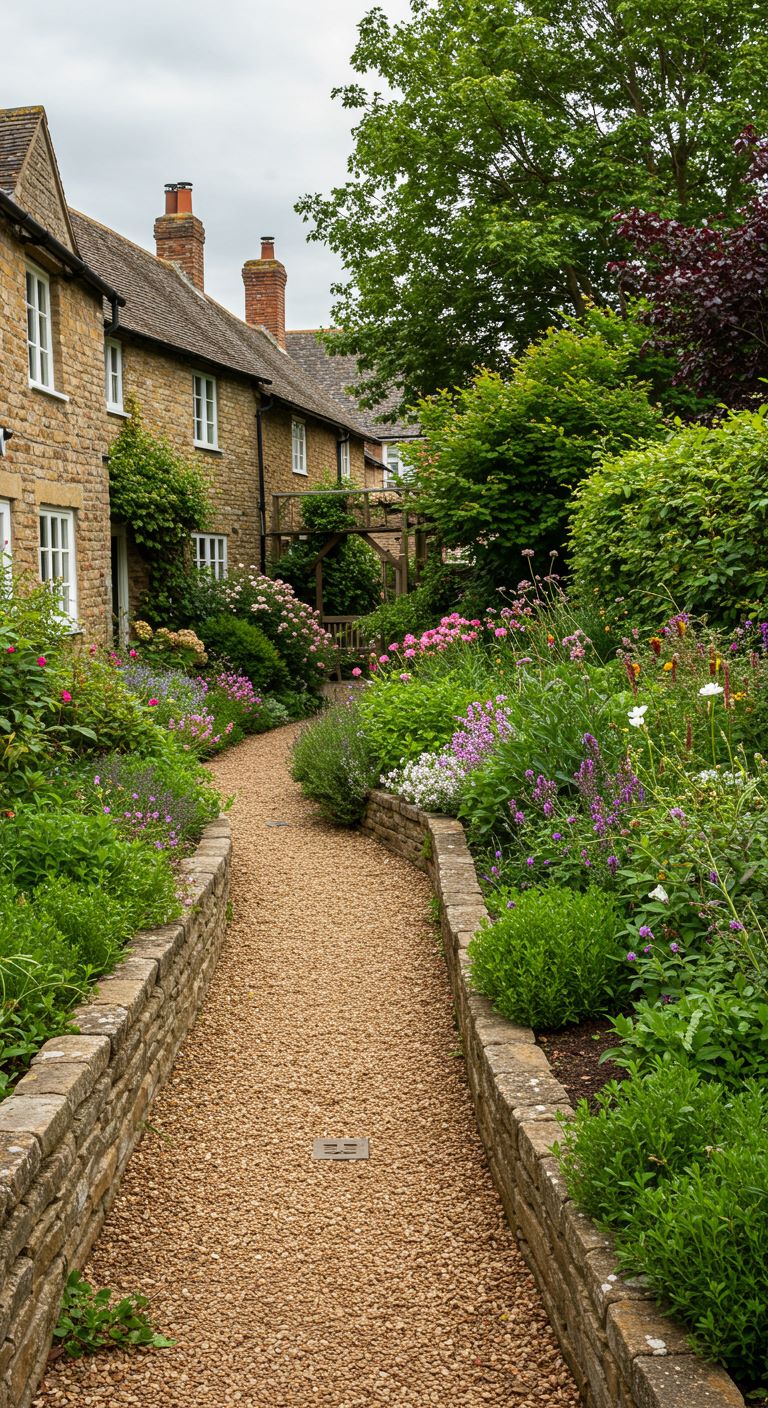
Gravel paths, stepping stones, or brick walkways lend character and guide visitors through your garden. Curved lines often evoke a timeless quality, while straighter routes emphasize a formal design. Mixing textures creates a layered journey that connects different garden areas harmoniously. Consider how varying materials can lead the eye and enrich the outdoor experience. Additional insights on pathway design can be found here.
Borders and Edges
Well-defined borders maintain balance amid a wild, unstructured garden. Low-growing plants such as thyme or chamomile frame larger beds, providing a subtle yet effective boundary. Stone or brick edging further enhances visual appeal while keeping plants contained. Such borders create an organized transition between cultivated and natural elements, ensuring the garden feels both free and refined. More on effective edging techniques is available here.
Inspiration from Iconic English Manor Gardens
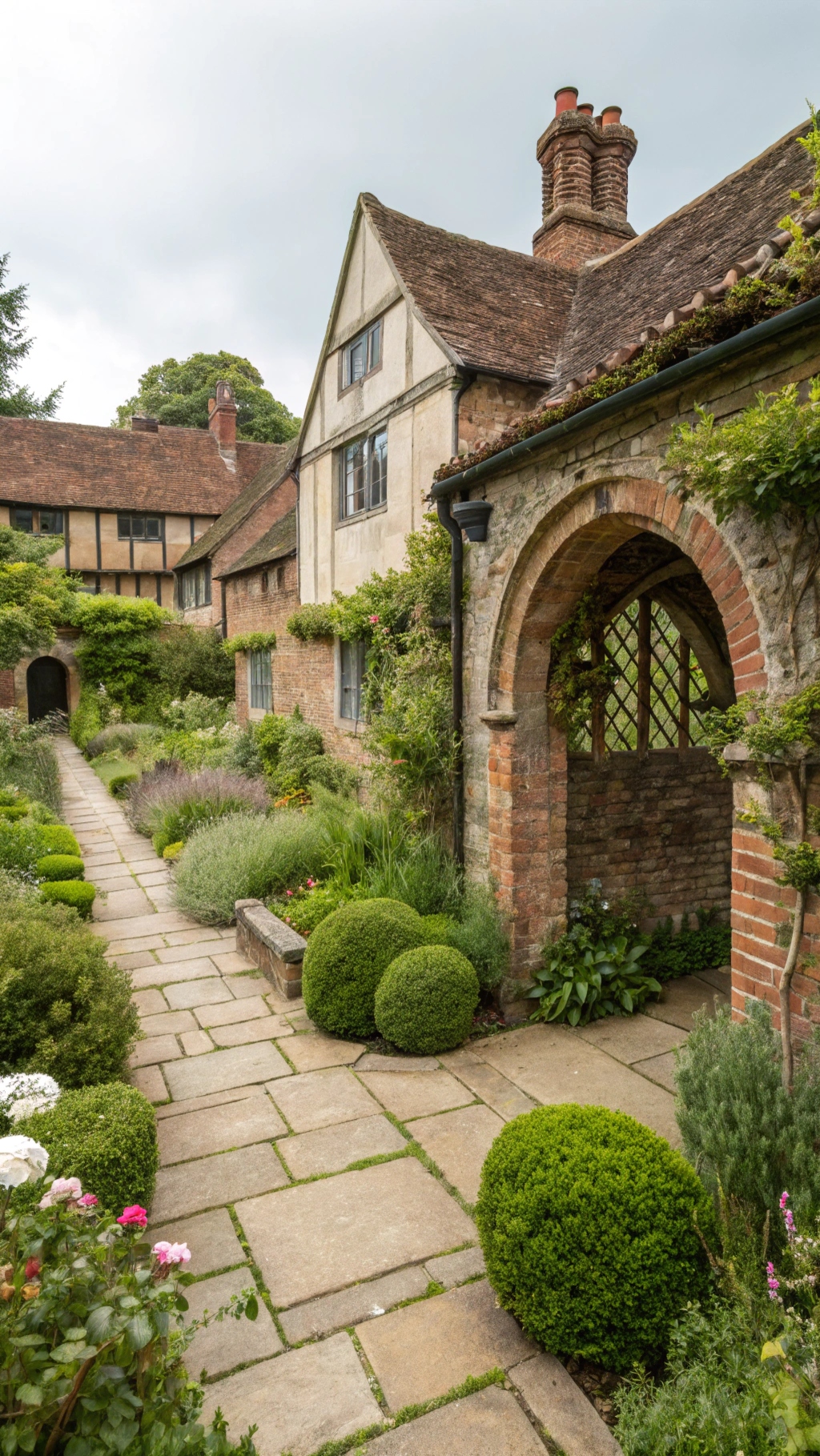
Sissinghurst Castle Garden
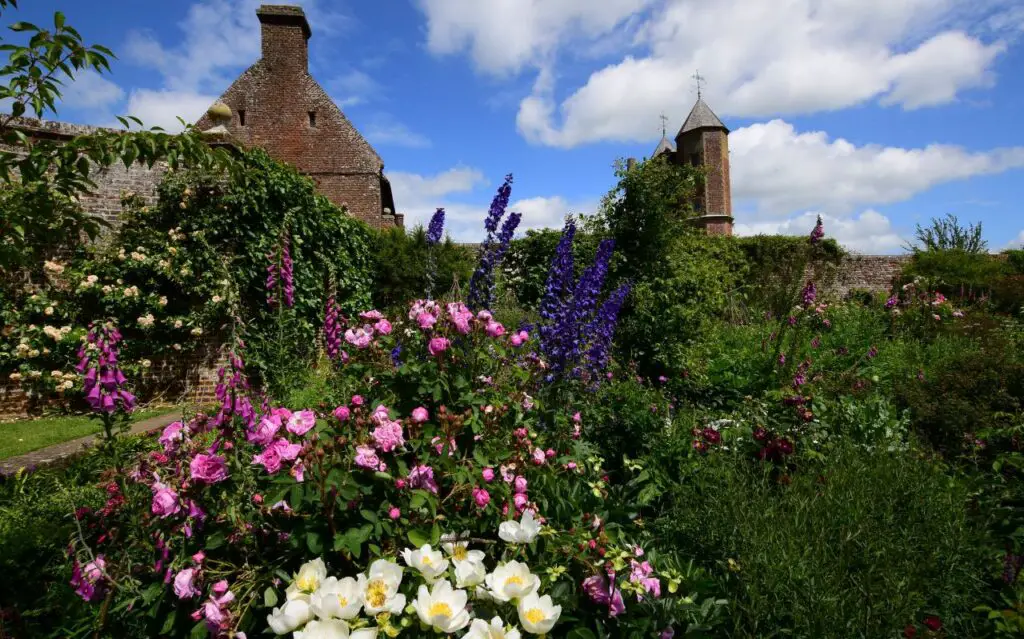
Famous for its intimate garden rooms, Sissinghurst showcases the art of layering and creating secluded spaces. Its design emphasizes soft structure and organic growth, with archways and carefully chosen plant combinations crafting a poetic environment. Each garden room holds a distinct character that has influenced many modern designs. For further details on garden room design, check out our guide here.
Hidcote Manor
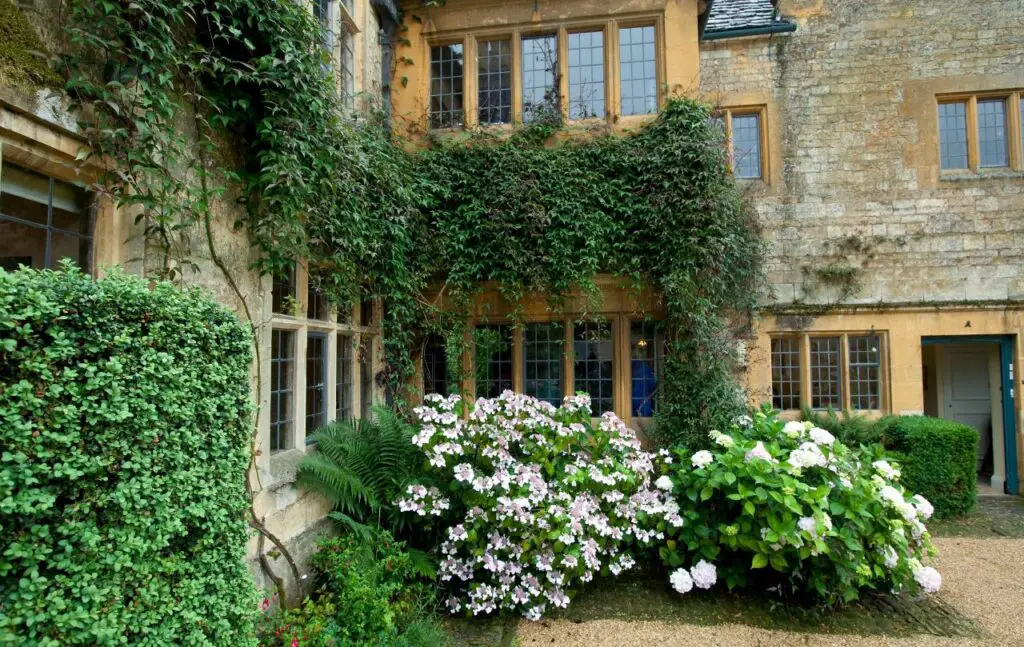
Hidcote Manor offers a masterclass in asymmetry and visual rhythm. Its informal layout, balanced with structured planting zones, provides continuous interest throughout the seasons. The garden’s design encourages a relaxed approach to form, where unexpected plant pairings add to the overall charm. Ideas drawn from Hidcote inspire those aiming to balance spontaneity with order in their own spaces.
Great Dixter
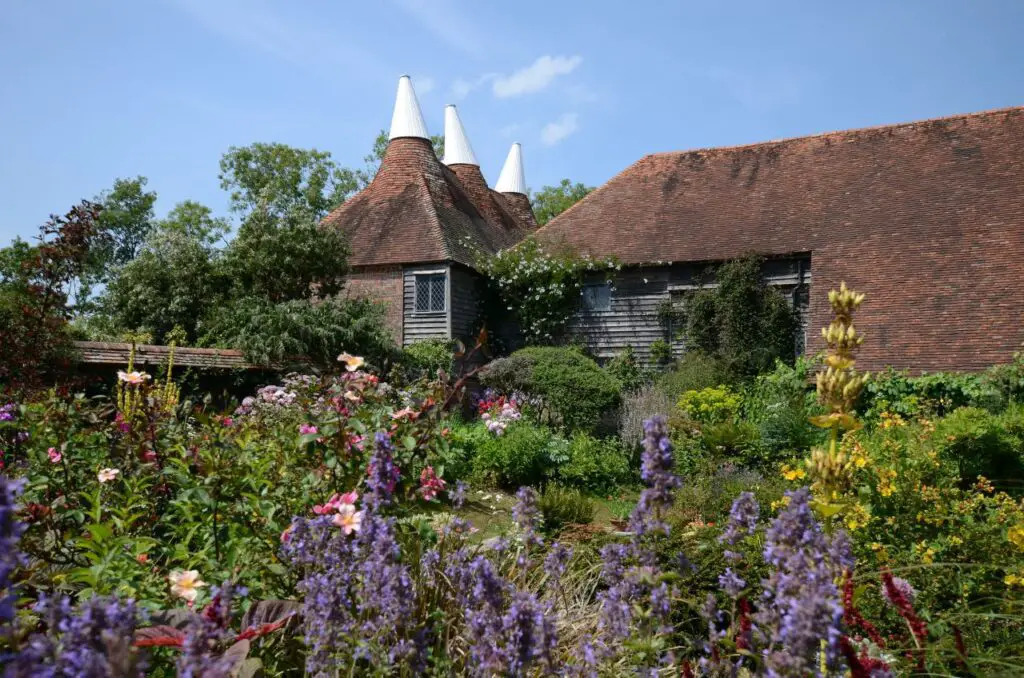
Renowned for vibrant color combinations and artistic planting, Great Dixter illustrates how cultivated order meets natural expression. Focal points and ornamental features guide visitors along a dynamic landscape, inviting creative approaches to garden design. Its principles encourage bold choices while remaining respectful to tradition, offering a blueprint for adding personality to any outdoor space.
Blending French Country Influence with English Cottage Charm
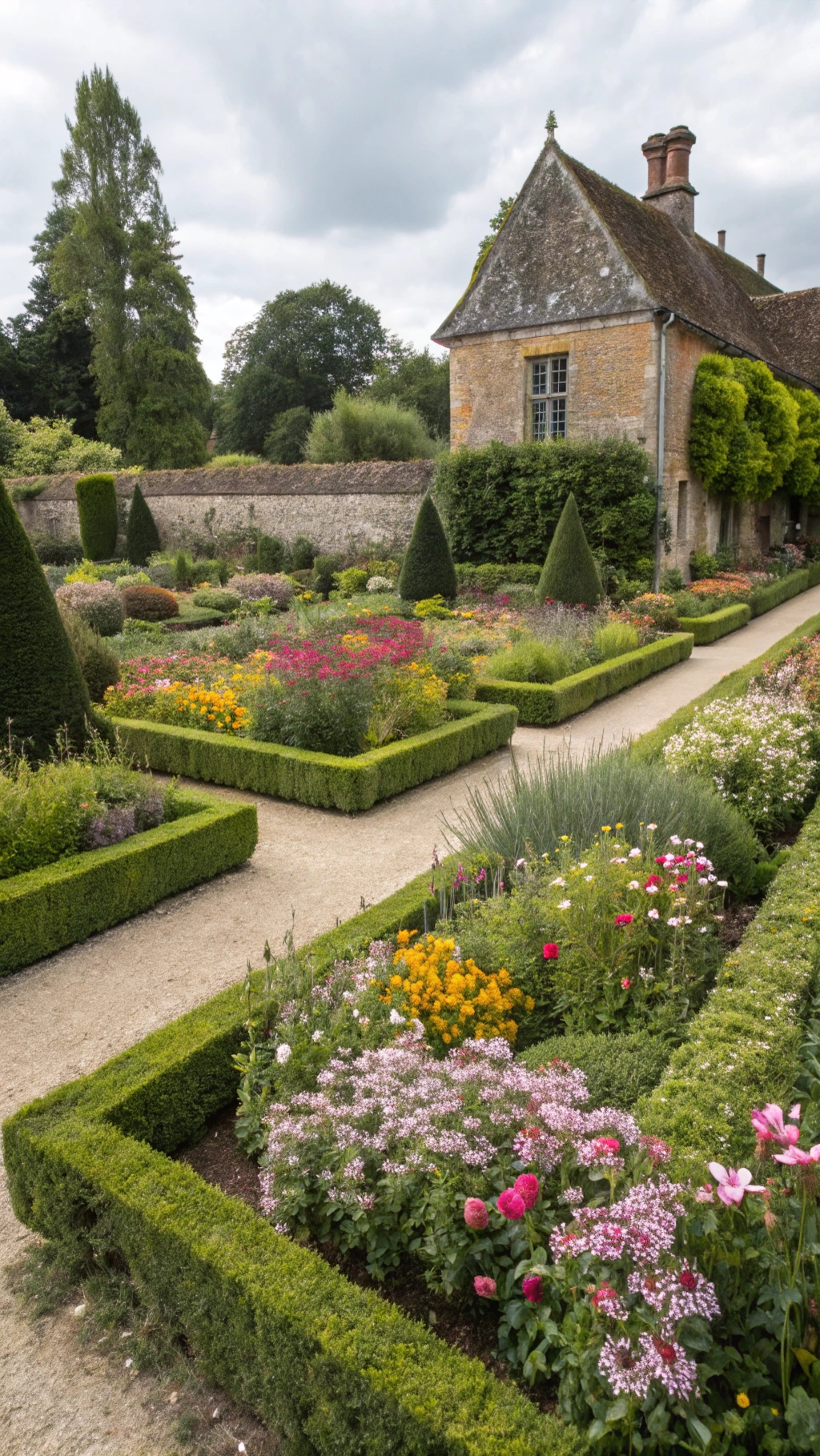
English country gardens provide a relaxed, natural feel, while French country styles exude order and precision. Merging these two ideas results in an outdoor space that balances structured lines with free-form abundance. Crisp parterres and geometric designs can coexist with unruly wildflower patches and informal plantings. Gardeners may try defined borders alongside flourishing, unplanned beds to create a hybrid aesthetic that offers both discipline and warmth. Learn more about French country garden design here.
Outdoor Living Spaces in an English Country Garden
Seating Areas
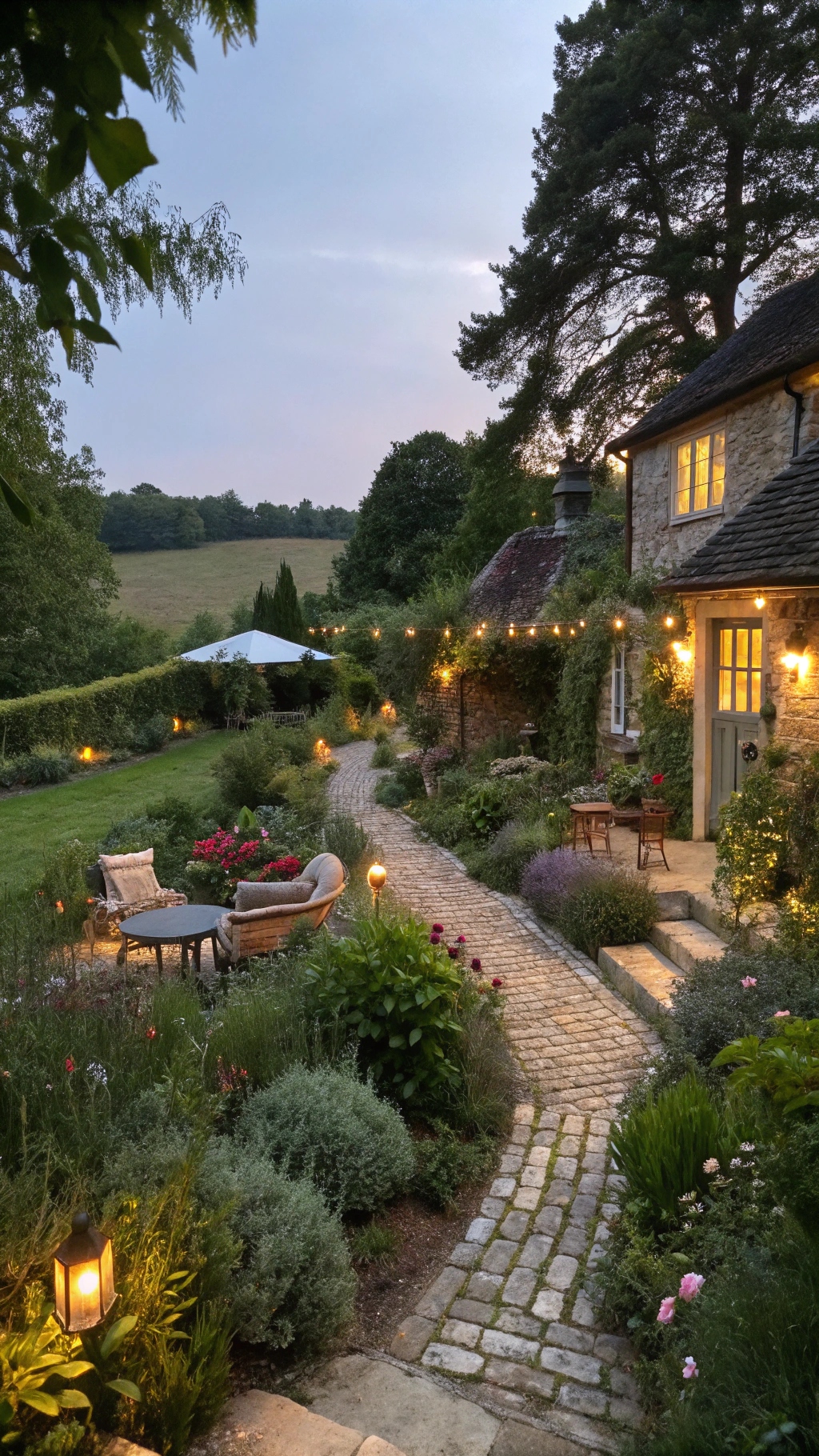
Cozy seating spots invite relaxation under broad trees or beside gentle water features. Outdoor chairs crafted from wood or wrought iron offer timeless charm and comfort for quiet afternoons. Choosing locations with natural shade enhances the welcoming vibe of your garden. Discover more ideas for creating inviting outdoor nooks here.
Dining Al Fresco
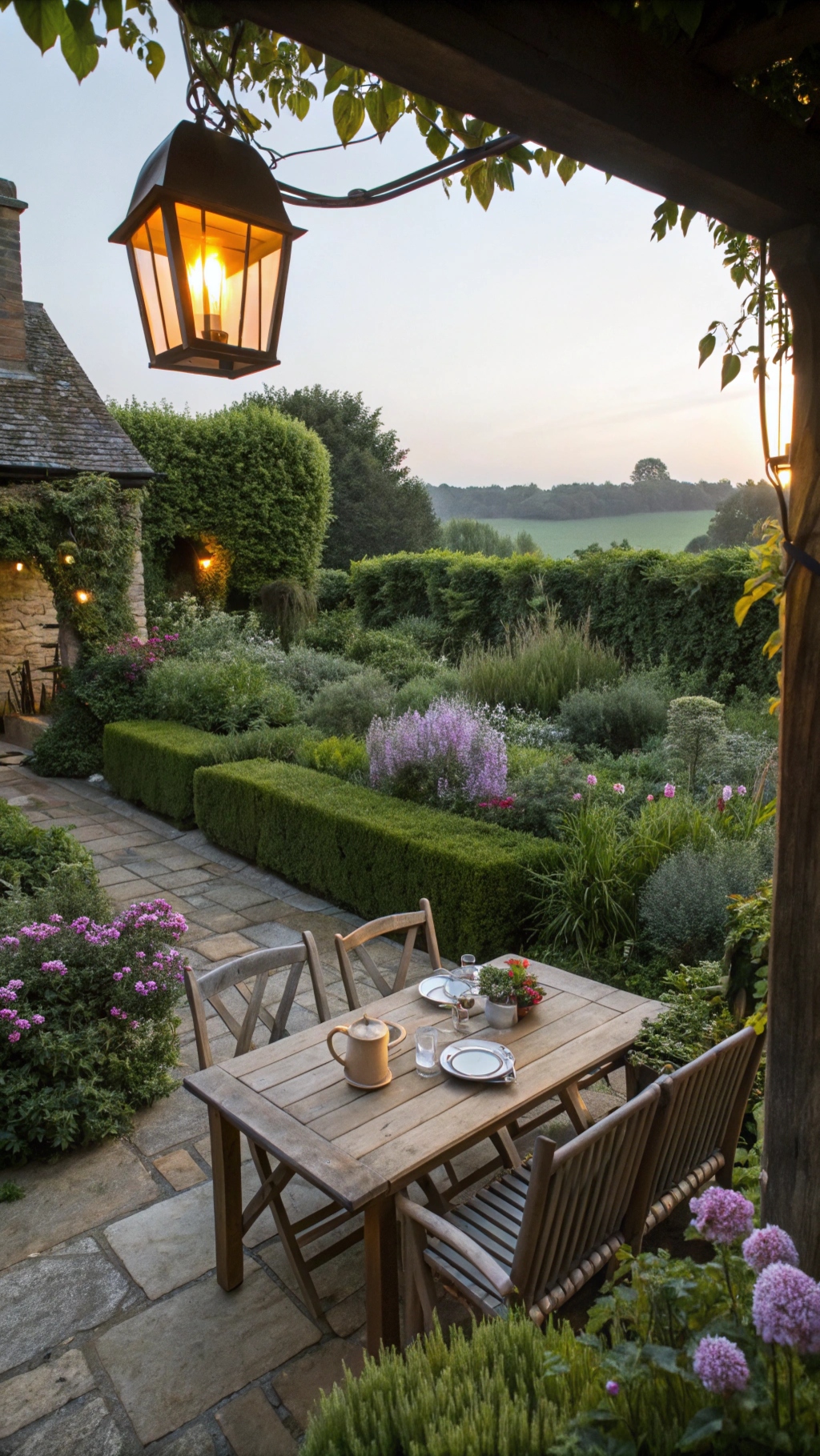
An al fresco dining setup brings charm to garden gatherings. Rustic tables paired with soft lantern glow create a space perfect for meals in nature. Arranging aromatic herbs nearby adds both beauty and fresh flavor to outdoor dining. Find additional tips on setting up an elegant garden dining area here.
Fire Pits and Lighting
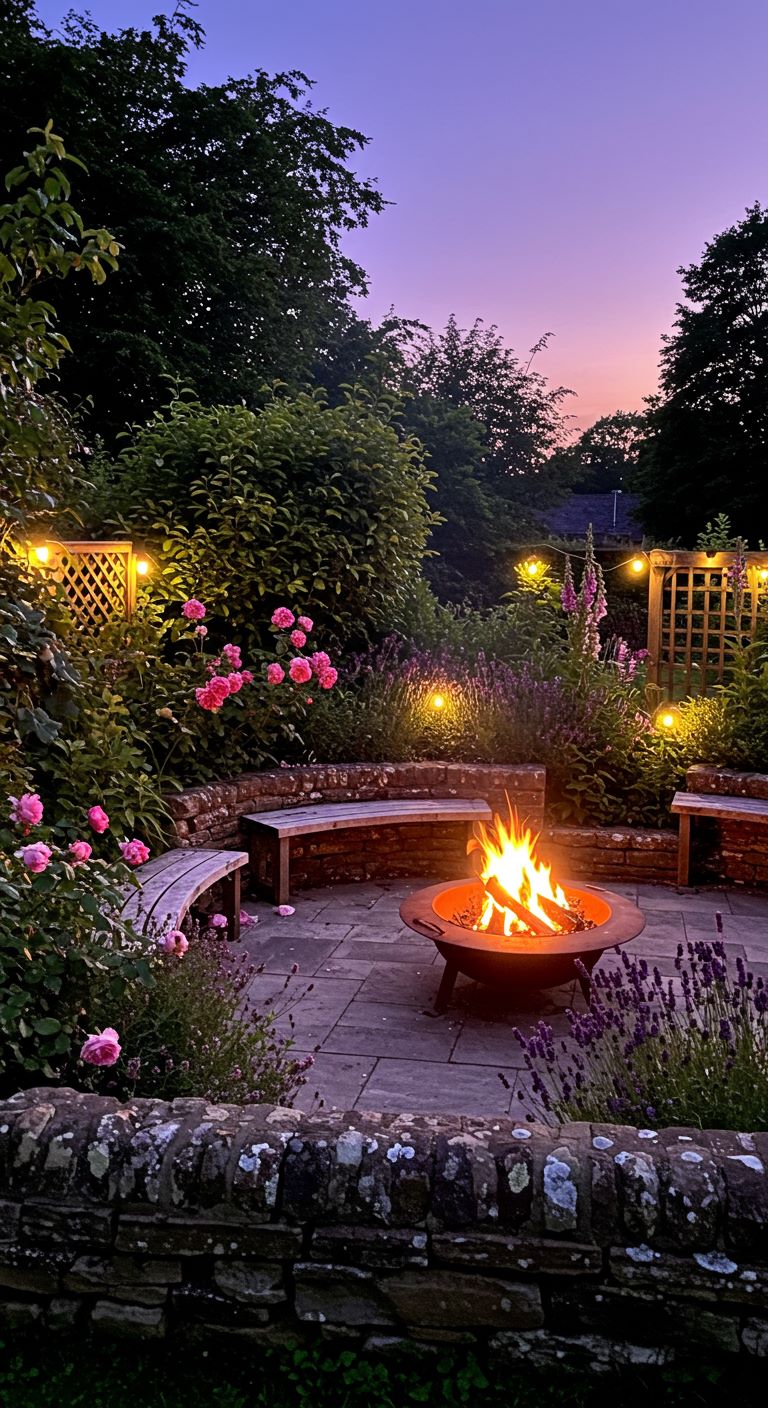
A warm fire pit and subtle lighting extend garden enjoyment into the evening. A modest fire pit offers a cozy gathering point while solar lanterns or fairy lights cast a soft, ambient glow. These elements transform twilight into a magical time for socializing outdoors. Check out more ideas on fire pit designs and garden lighting here.
Plant Palette Guide: A List of Must-Have Plants for an English Country Garden
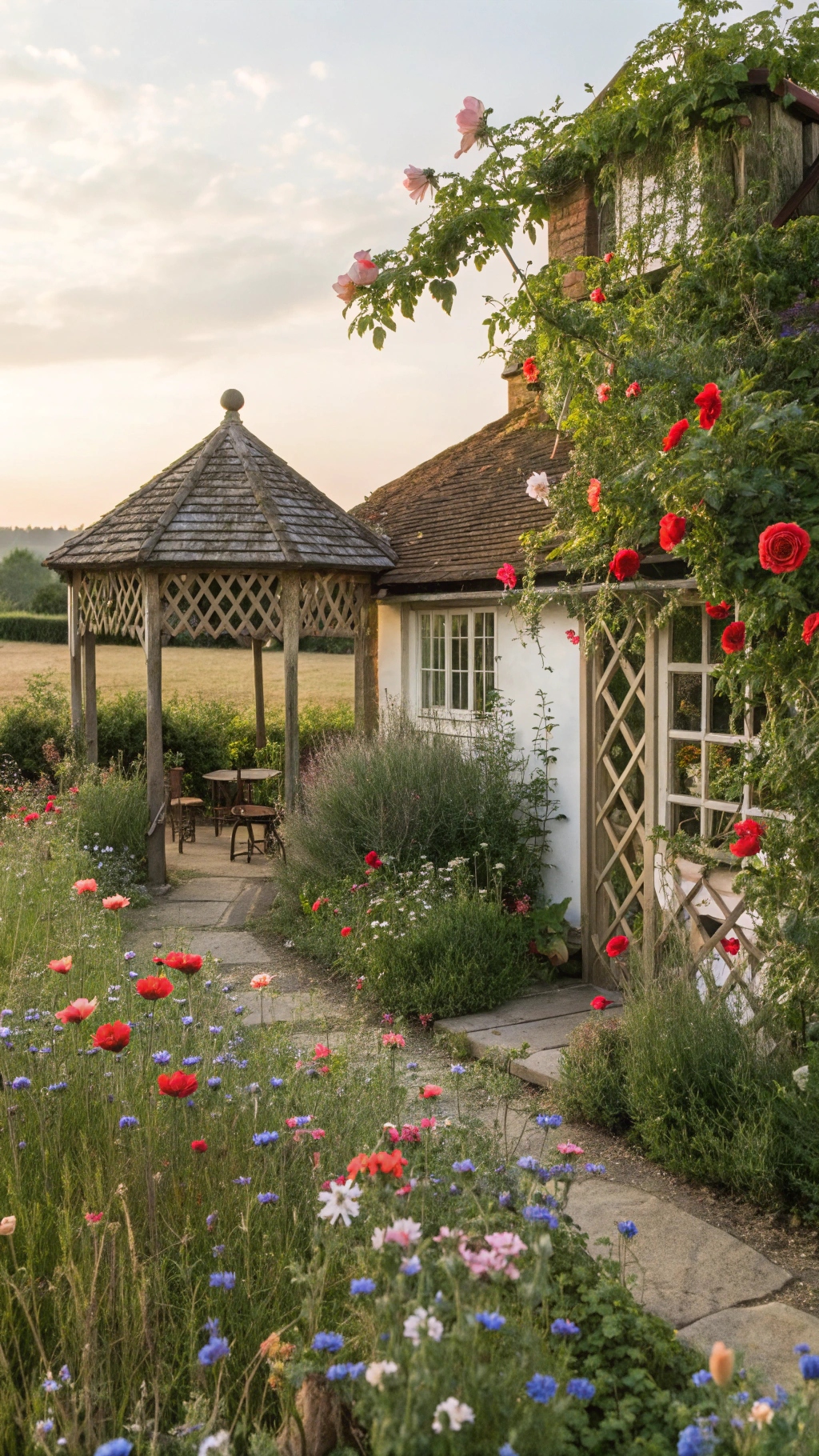
Classic Flowering Plants
Bring a timeless feel to your garden with a selection of well-known blooms. Roses, available in climbing, shrub, and groundcover forms, add a touch of romance to every corner. Lavender, delphiniums, foxgloves, and peonies offer a burst of color and texture. These plants create layers of beauty that change with the seasons, ensuring your garden remains vibrant year after year.
Herbs and Fragrant Plants
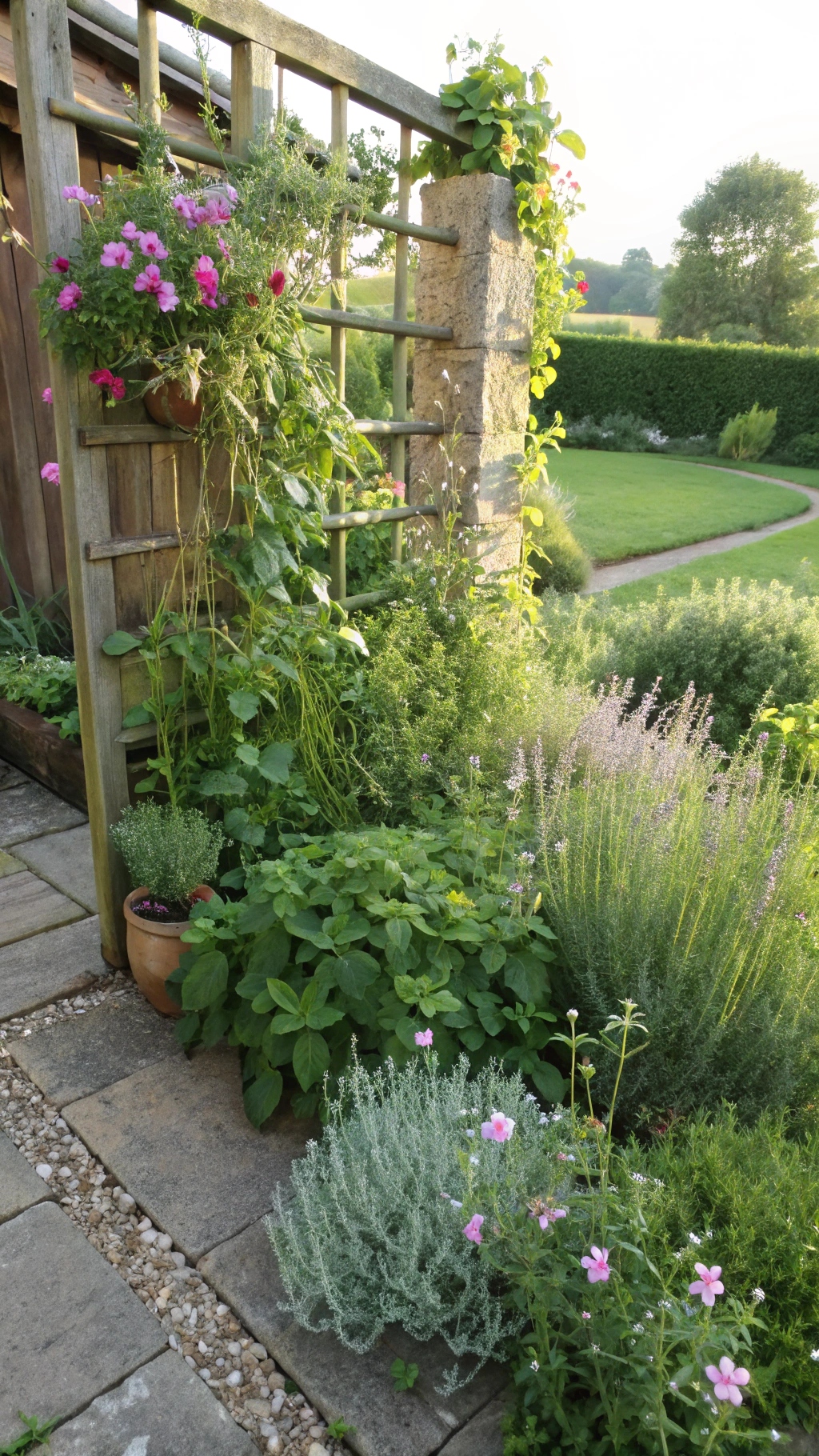
Enhance your garden’s scent and appeal by including a variety of aromatic herbs. Thyme, rosemary, sage, and mint contribute both fragrance and practical benefits. Sweet peas and honeysuckle climb gracefully, adding vertical interest and a delightful aroma. These plants not only create sensory pleasure but also serve as natural attractants for beneficial insects.
Shrubs and Trees
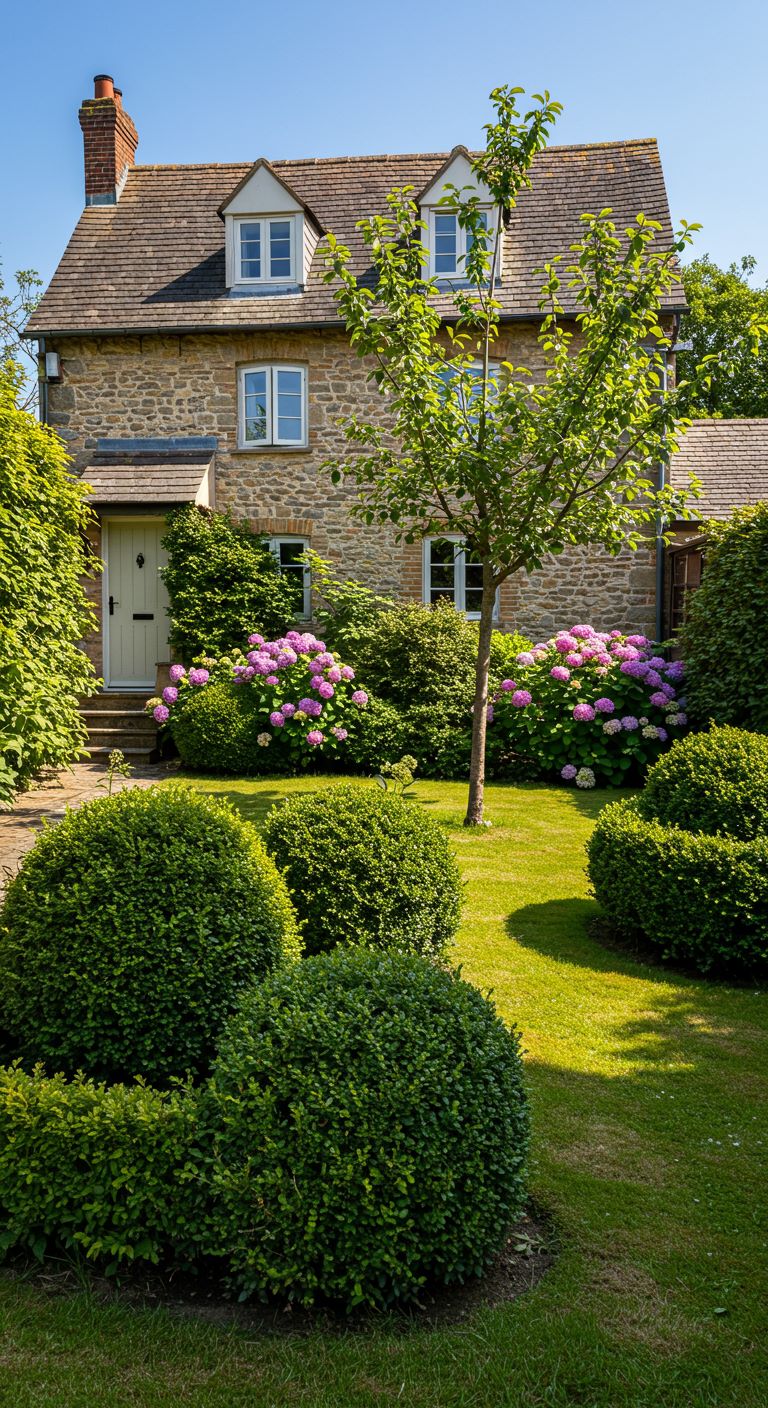
Structure your garden with a mix of shrubs and trees that offer both form and function. Boxwood and yew lend a sense of order, while hydrangeas add lush volume during bloom periods. Including apple or pear trees brings an orchard-like vibe and seasonal interest. Their sturdy presence frames garden spaces, providing balance and contrast to softer plantings.
Ground Covers and Bulbs
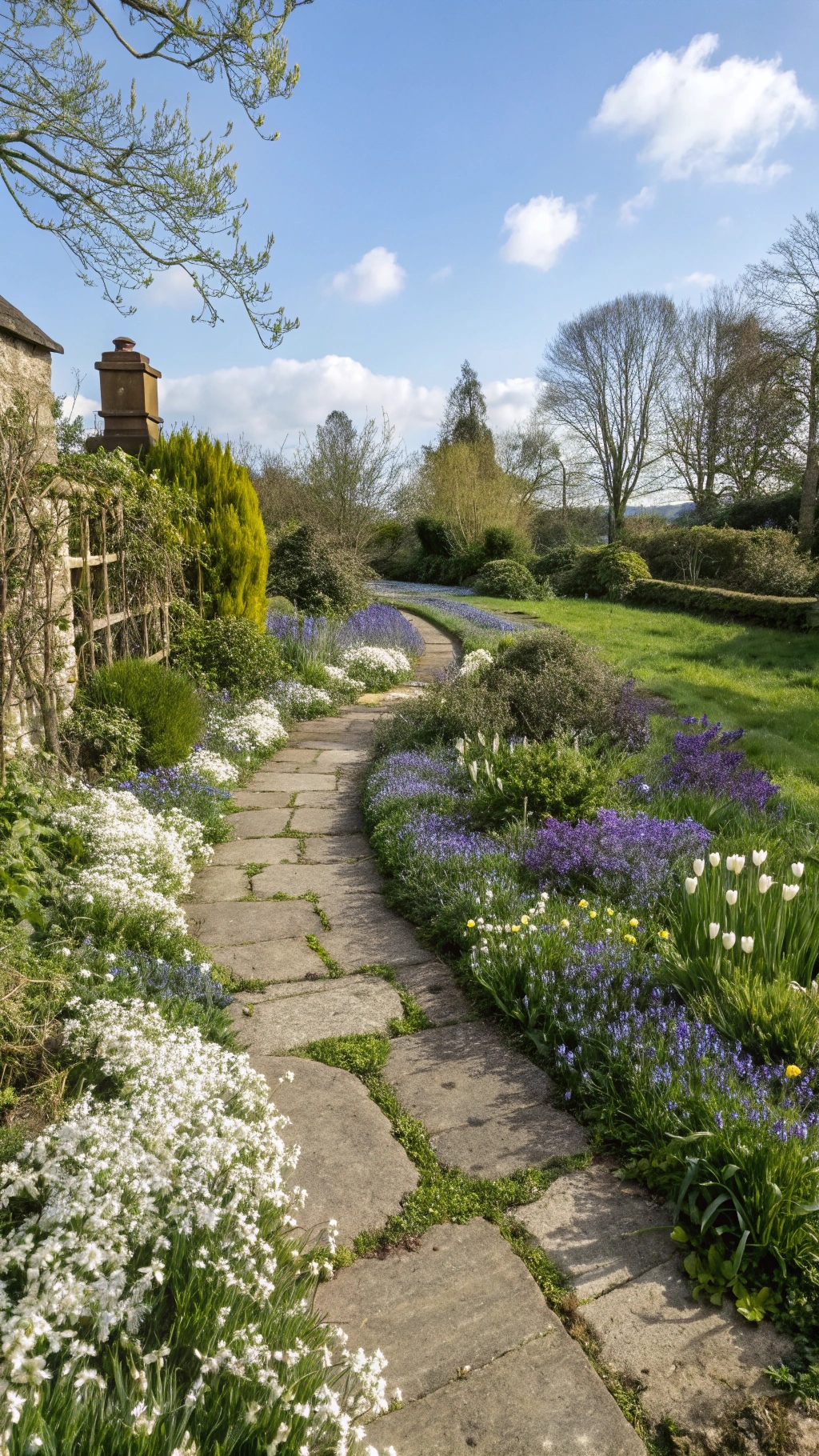
Introduce early spring color and soft textures using ground covers and bulbs. Bluebells, snowdrops, and crocuses signal the arrival of spring with their gentle hues. Creeping thyme or chamomile forms a scented carpet along pathways, softening hard edges and uniting different sections of your garden. These plants work together to create a delicate, layered effect that feels both natural and inviting.
Wildflowers and Grasses
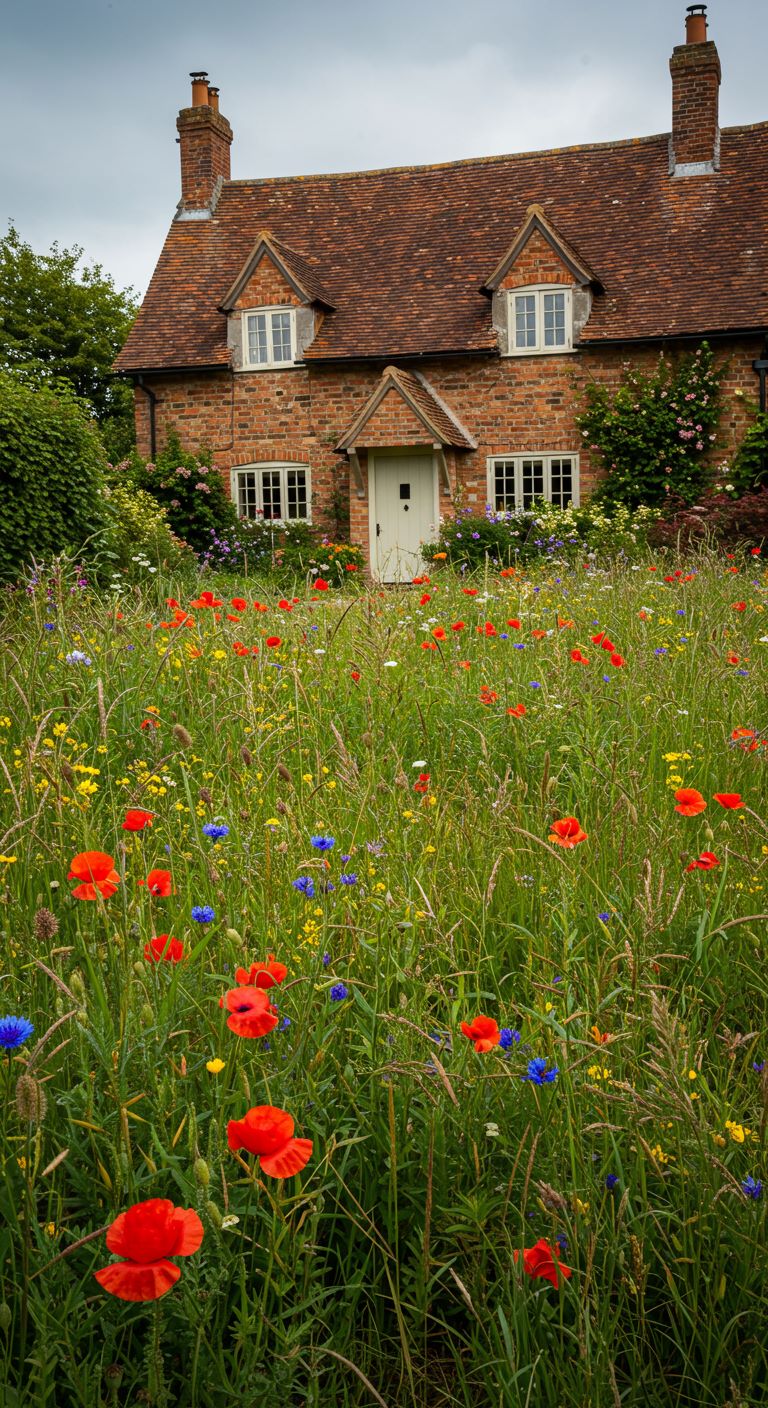
Introduce a touch of untamed beauty with wildflowers and ornamental grasses. Meadow-style plantings that include poppies, cornflowers, and a mix of grasses encourage biodiversity. Such areas attract pollinators and beneficial insects, ensuring a lively, sustainable ecosystem. Wildflower patches also lend a casual charm that contrasts with the garden’s structured elements, adding visual interest and texture.
Bringing It All Together
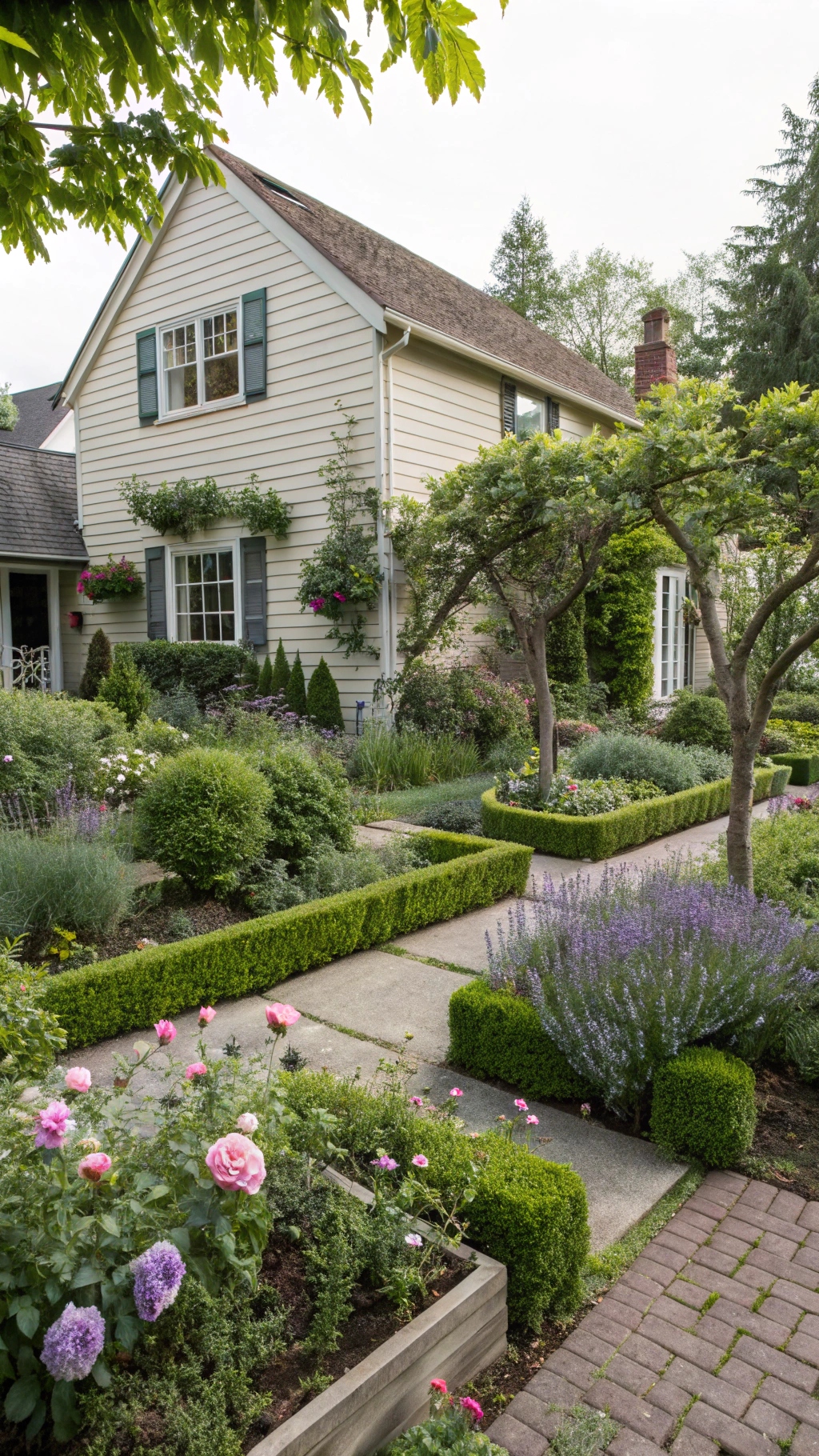
English country gardens blend order with natural spontaneity, creating spaces that evolve with each season. Key elements like structured pathways, layered plantings, and subtle decorative touches unite to form a charming retreat. Iconic garden influences, thoughtful outdoor living spaces, and ongoing maintenance contribute to a lasting ambiance. Start small and gradually add personal touches until the garden reflects your vision. Your English country garden doesn’t have to be perfect—it just has to feel like home.
